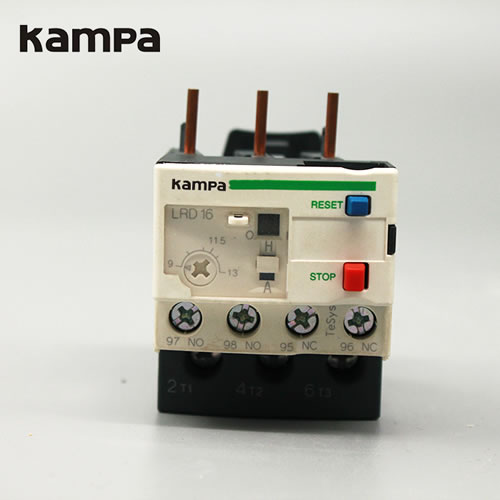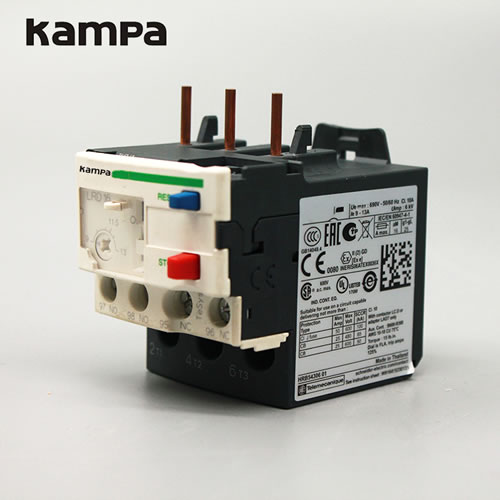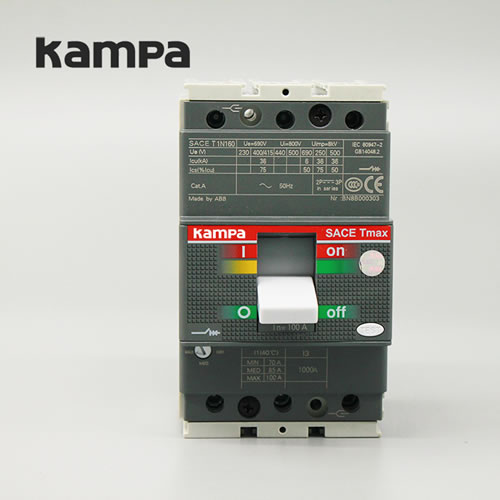Kampa relay manufacturer takes you to know the motor protection relay
Datetime: 2/6/2023 1:41:00 PM Visit: 1796
What is the protection relay in the power system, what is the motor protection relay?
Protective relays include thermal overload relays, current relays, voltage relays, temperature relays, etc. This type of relay is a protection component. It is best understood that they control the on-off of the relay through changes in temperature, voltage, current and other factors. Take the common thermal relay as an example. When the motor is overloaded and exceeds the setting value we set, the large current in the thermal element will deform itself due to overheating and disconnecting the contacts, thereby cutting off the circuit to prevent the fault from expanding. After cooling for some time, the self-deformation will slowly reset, and the circuit will be closed and turned on again. Of course, there are manual reset and automatic reset, which can be adjusted according to different needs.

Test methods for motor protection relays
① Detection of contact resistance;
② Detection coil resistance;
③Detect the pull-in voltage and pull-in current;
④ Measure the release voltage and release currently.

The role of thermal relay
The thermal relay is mainly used to protect against the overload of the motor, phase failure protection, and the unbalanced protection of the three-phase power supply, and it has a very important protective effect on the motor.
How Thermal Relays Work
The working principle is that after the overload current passes through the heating element, the bimetal sheet is heated and bent to push the action mechanism to drive the contact action so that the motor control circuit is disconnected to realize the power-off stop of the motor, which plays the role of overload protection.
When selecting, you must understand the conditions of the motor, such as working environment, starting current, load nature, duty system, allowable overload capacity, etc. 1. In principle, the ampere-second characteristics of the thermal relay should be as close as possible to or even coincide with the overload characteristics of the motor, or under the overload characteristics of the motor, and at the same time, the thermal relay should not be affected at the moment of short-term overload and startup of the motor (no action).
2. When the thermal relay is used to protect the motor of a long-term working system or intermittent long-term working system, it is generally selected according to the rated current of the motor. For example, the setting value of the thermal relay can be equal to 0.95~1.05 times the rated current of the motor, or the median value of the setting current of the thermal relay is equal to the rated current of the motor, and then adjusted.
3. When the thermal relay is used to protect the motor with repeated short-time work, the thermal relay has only a certain range of adaptability. If there are many operations in a short period, it is necessary to choose a thermal relay with a speed-saturated current transformer.
4. For motors with a special working system with forward and reverse rotation and frequent on-off, thermal relays should not be used as overload protection devices, but temperature relays or thermistors embedded in motor windings should be used for protection.
We should already be clear about the content mentioned above. If you want to buy motor protection relays and thermal relays, knowing the test methods, functions and working principles of motor protection relays will be helpful in the future.



